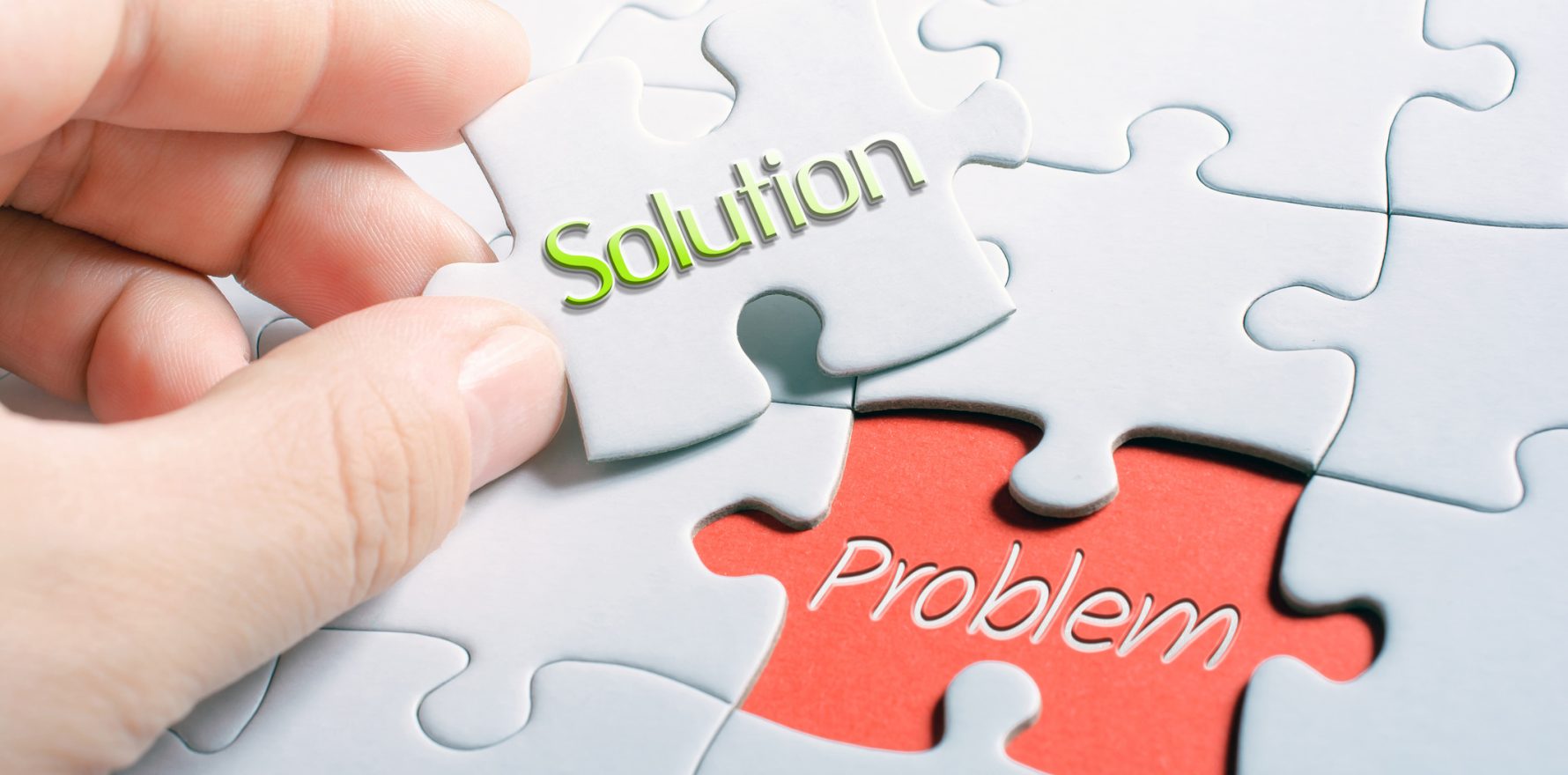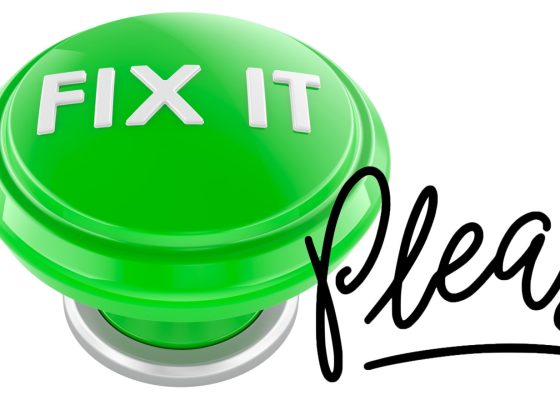SA Pathology’s journey towards reimagining diagnostics, data and patient experience.
In Australia’s healthcare landscape, until recently, the pursuit of interoperability has long been more aspirational than reality.
But over the past 18 to 24 months, momentum has shifted. Cross-sector collaboration – from digital health providers to pathology services, clinicians to government agencies – is transforming the interoperability conversation into action.
We’re no longer just talking about connected care. We’re building it.
That transformation is visible in places like SA Pathology, where ICT manager Keith Kranz is leading a quiet revolution.
“Healthcare has historically been application-centric. That’s led to data islands and vendor lock-in,” he said.
“We need to shift to a data-driven model, where information flows freely to those who need it.”
At the heart of this shift lies FHIR (Fast Healthcare Interoperability Resources), a global standard designed to make healthcare data structured, computable, and sharable.
As Mr Kranz notes, adopting FHIR isn’t just a technical upgrade – it’s foundational for improving care.
“If we’re going to use tools like AI, we need good quality data. That starts with standards that move data out of legacy formats and into common language models.”
It’s a shift Telstra Health and our partners are actively enabling. As Smile’s Duncan Weatherson notes, interoperability in healthcare isn’t just a technical challenge – it’s semantic, structural, and cultural.
“We’re not just joining systems; we’re reconciling the language and intent of clinical care across settings. That’s how we create meaningful, computable data.”
Creating meaningful data matters greatly within healthcare
SA Pathology’s transformation is already producing tangible improvements in workflow, especially in how primary care interacts with diagnostics.
Historically, GPs have printed pathology requests, handed them to patients, and relied on manual data re-entry at collection centres. With electronic requesting now underway, those forms are sent digitally to SA Pathology, improving efficiency, accuracy, and the patient experience.
“Now I can actually manage the pipeline,” said Mr Kranz. “We know how many patients are coming, we avoid duplicate data entry, and we reduce bottlenecks in the collection centres.”
For clinicians, this means more ease when it comes to test ordering and a clearer picture of patient activity. For patients, it reduces waiting times and improves continuity of care.
Australia’s national digital health record, My Health Record, is also evolving.
Originally limited by PDF-based documents, the platform is now advancing toward FHIR-based APIs and more structured data sharing. This evolution is mission critical – because patient information should be more than stored; it should be usable.
SA Pathology provides a compelling case study in what’s possible when we focus on outcomes.
By digitising decades of legacy results, shifting to atomic data structures, and applying SNOMED and LOINC codes, the organisation is enabling cleaner insights and faster clinical decision-making. Through projects like e-requesting, they’re also modernising workflows that still rely on printed forms – saving clinicians time and improving patient experiences.
But perhaps the most transformative shift is cultural.
With Australians increasingly comfortable managing their lives from a smartphone, empowering them to manage their health should be no different. As Mr Kranz points out:
“We’ve been too good at replicating paper-based workflows in digital form. The future is about rethinking care entirely. This means bringing patients into the conversation, giving them access to data they understand and can act on.”
This vision shifts the dynamic from passive recipient to active participation. Better design of pathology reports – for both clinicians and consumers – makes health information more accessible and actionable.
Related
This is where computable guidelines come into play, which are, as Mr Weatherson explained, systems that can do the heavy cognitive lifting: flagging risk, trending results, prompting early intervention.
Imagine receiving a pathology result that doesn’t just list numbers but also includes a simple narrative: “Your cholesterol is slightly elevated and has trended upward over the past three years – you might want to speak with your GP.”
That’s a very different experience from trying to interpret a standalone table of values.
Mr Kranz describes it as transforming individuals into citizen scientists – people who understand and engage with their own data. And when that engagement happens, the benefits multiply.
“If we empower one segment of the population to manage their health well, we free up time and resources to support those with more complex needs,” he said.
Enabling health teams, empowering patients, and connecting care
Interoperability isn’t just about linking systems; it’s about creating value at every layer for reducing clinician burnout, enabling smarter diagnostics, personalising care, and delivering better outcomes for patients.
And when organisations like SA Pathology show what’s possible, the rest of us are inspired. The future of care isn’t siloed. It’s shared, connected and intelligently driven.
Marvin Malcolm is a seasoned IT professional with more than 20 years’ experience in software development, integration, and healthcare interoperability. At Telstra Health, he leads data and integration architecture to advance connected care across Australia. He co-chairs the Sparked AU Core Technical Design Group, contributes to national FHIR enablement, and has held senior technical roles at IBM and Westpac. He is also an experienced consultant, trainer, and pre-sales specialist.




